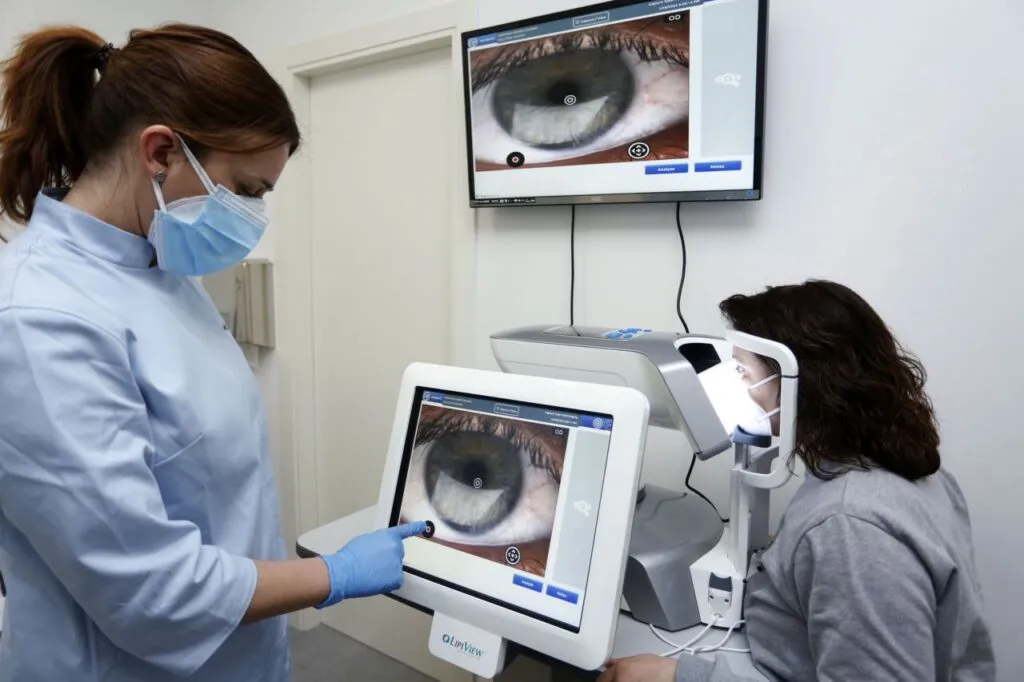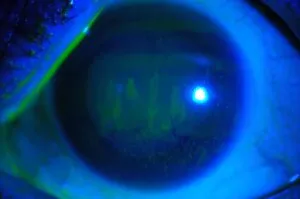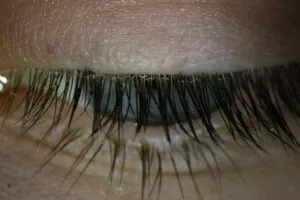Diagnostic tests
LipiView

LipiView: ocular interferometry for the diagnosis of dry eye
Ocular surface interferometry is a technique we perform using the innovative LipiView equipment to objectively and very precisely assess different factors contributing to dry eye. More specifically, it enables us to:
- Analyse blinking, in terms of its frequency (15 to 20 times per minute) and its integrity, whether the blink rate is complete or incomplete, which will ascertain whether the tear is distributed adequately.
- Measure the thickness of the lipid layer of the tear and its dynamic response to blinking. This lipid layer or “fatty” part is necessary for the tear film to remain stable on the ocular surface between each blink and not evaporate too quickly.
- Visualise the Meibomian Glands in high definition (meibography). LipiView provides an image of these glands, which are located on the edge of the eyelids and secrete tear lipids. When these glands are blocked or atrophied, the quality and stability of the tear is affected.
LipiView is one of the diagnostics technologies we include in the advanced dry eye areas of the Miranza clinics.
Why do we use LipiView?
LipiView ocular surface interferometry helps us determine the type and degree of dry eye in order to recommend the most beneficial treatment for each patient. This is the case, for example, of thermal pulsation (LipiFlow) or intense pulsed light (IPL), and this test is also extremely useful for its monitoring as it offers us the possibility of studying and comparing the patient’s evolution.
The type of dry eye for which the use of LipiView is particularly recommended is associated to the dysfunction of the Meibomian glands, present in 85% of all cases of the disease and also associated to blapheritis. Early detection is important in order to act preventively and preserve the remaining glands, as those that are destroyed are difficult to recover.
How do we perform ocular surface interferometry?
- This is a non-invasive diagnostic method, as it is based on the use of light and requires no direct contact with the eye.
- Use of LipiView requires no prior preparation, although you should be wearing no make up or contact lenses.
- It is performed first on one eye and then on the other.
- During the test, you have to rest your chin on the equipment and look at a fixed point for a few seconds. Meanwhile, LipiView takes images and videos that are then analysed by our specialist ophthalmologists in dry eye.

